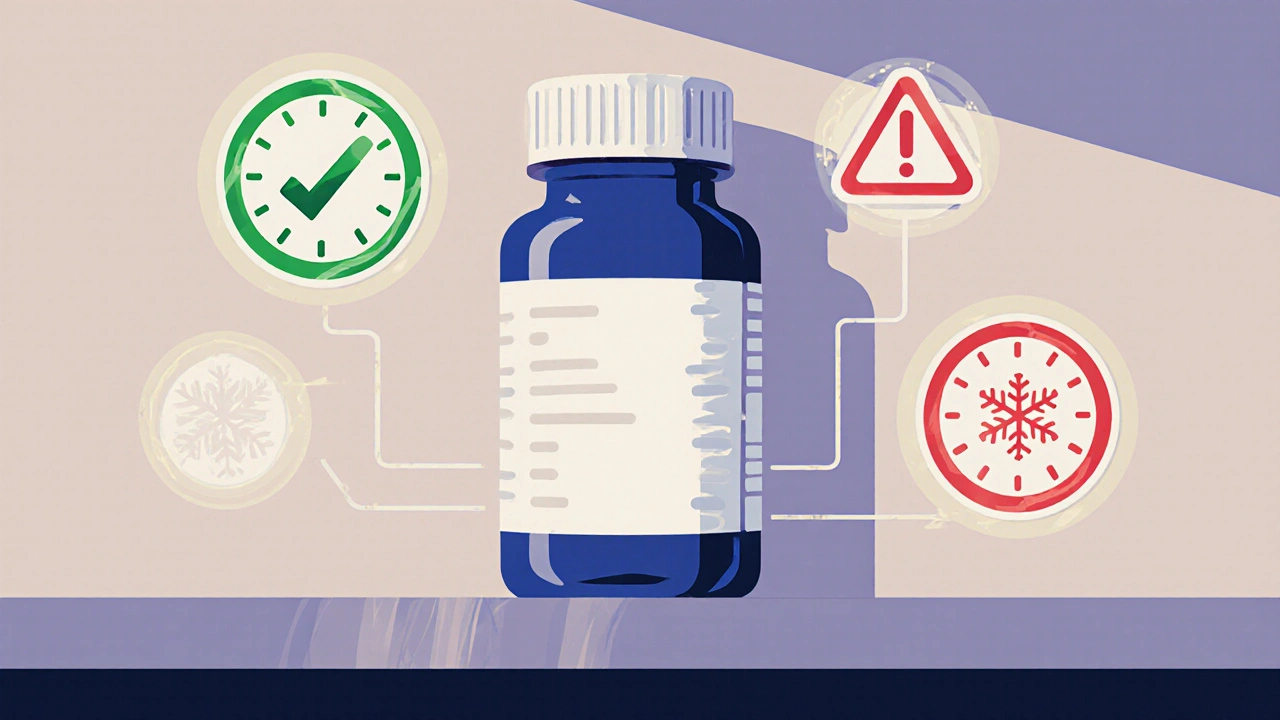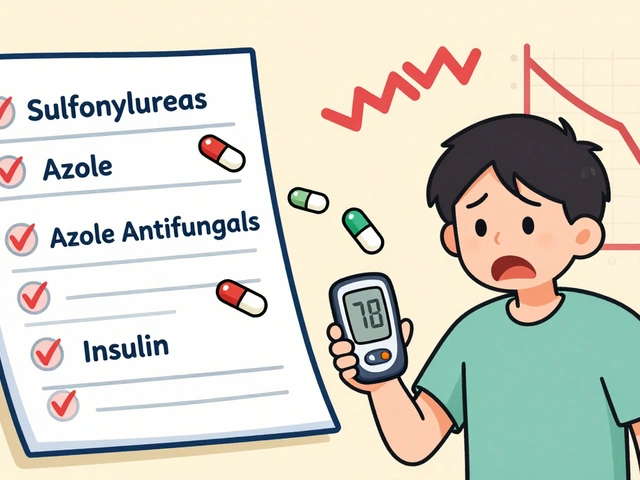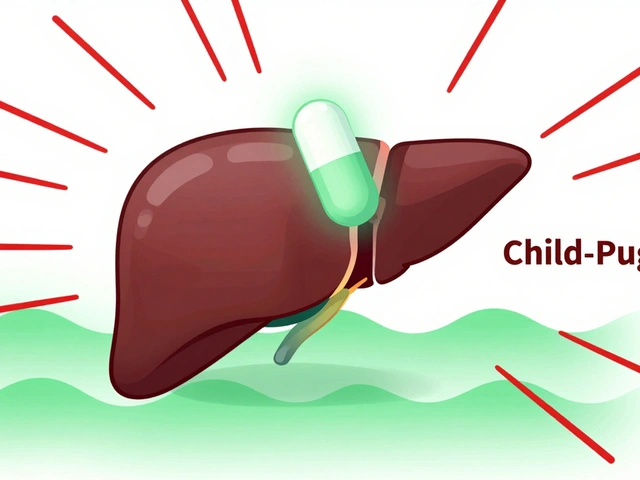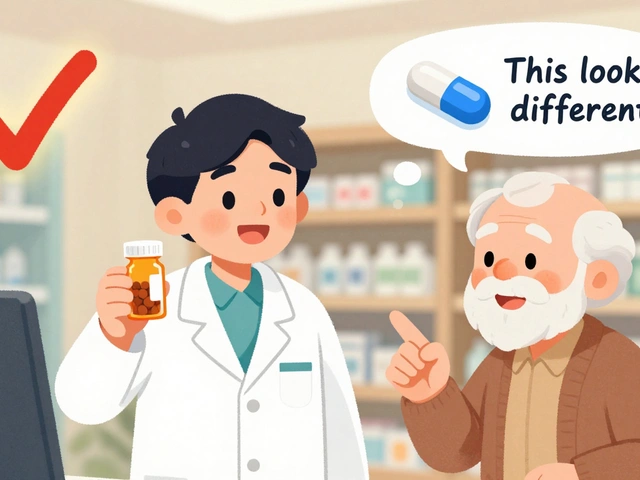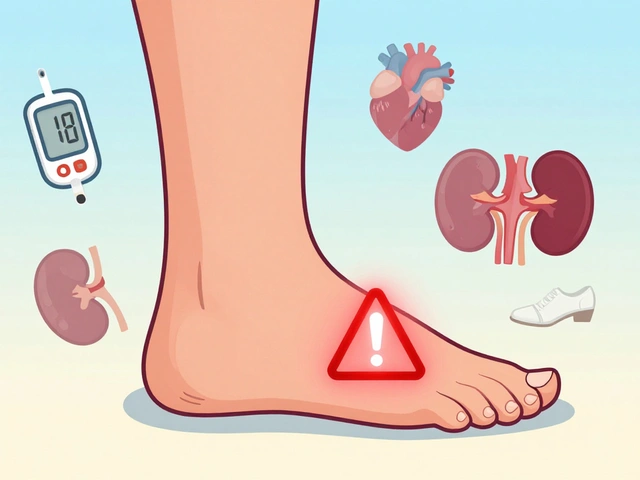Stability Testing: What It Is and Why It Matters for Your Medications
When you pick up a bottle of pills or a vial of liquid medicine, you assume it will work the same way today as it did when it was made. That’s not luck—it’s stability testing, the process pharmaceutical companies use to prove a drug remains safe, potent, and effective over time under real-world conditions. Also known as drug stability testing, it’s the quiet backbone of every prescription you take. Without it, your medicine could lose strength, break down into harmful substances, or change texture—making it useless or even dangerous.
Stability testing isn’t just about checking expiration dates. It’s a science that tracks how drugs react to heat, light, humidity, and even air over months or years. Companies store samples in controlled environments—like hot rooms at 40°C and 75% humidity—to simulate real-world storage. They test for chemical breakdown, physical changes like clumping or discoloration, and whether the active ingredient still works at full strength. This is especially critical for generic drugs, which must prove they behave just like the brand-name version over time. If a generic fails stability testing, it can’t be sold. That’s why the price difference between brand and generic doesn’t mean lower quality—it means better regulation.
Stability testing also protects people with chronic conditions who rely on medications like clozapine, an antipsychotic with narrow therapeutic margins, or digoxin, a heart drug where tiny changes in concentration can cause serious side effects. If these drugs degrade even slightly, the risk of treatment failure or toxicity jumps. That’s why manufacturers don’t just test for a year—they test for years, sometimes up to five or more, depending on the product.
You won’t see stability data on your prescription label, but you benefit from it every time you take a pill. It’s why your insulin stays liquid and effective, why your asthma inhaler sprays the right dose after six months in your medicine cabinet, and why your blood pressure med doesn’t turn into a harmless sugar pill. When you read about drug interactions—like how smoking affects clozapine levels—that’s part of the same story. Stability isn’t just about the bottle. It’s about how your body, your habits, and your environment interact with what’s inside.
Behind every post on this page—whether it’s about generic drug pricing, antibiotic resistance, or thyroid test errors—is a thread of quality control. Stability testing ensures that when a doctor prescribes a drug, or a pharmacist fills it, or you take it at home, what you get is what it’s supposed to be. Below, you’ll find real-world examples of how this invisible process affects your health—from how long your antibiotics last to why some meds need special storage. No fluff. Just facts that help you understand what’s really in your medicine cabinet.
Stability Testing Requirements: Temperature and Time Conditions for Pharmaceutical Products
Stability testing ensures pharmaceutical products remain safe and effective over time. Key requirements include specific temperature and humidity conditions defined by ICH Q1A(R2), with long-term, accelerated, and intermediate testing protocols for different drug types.

